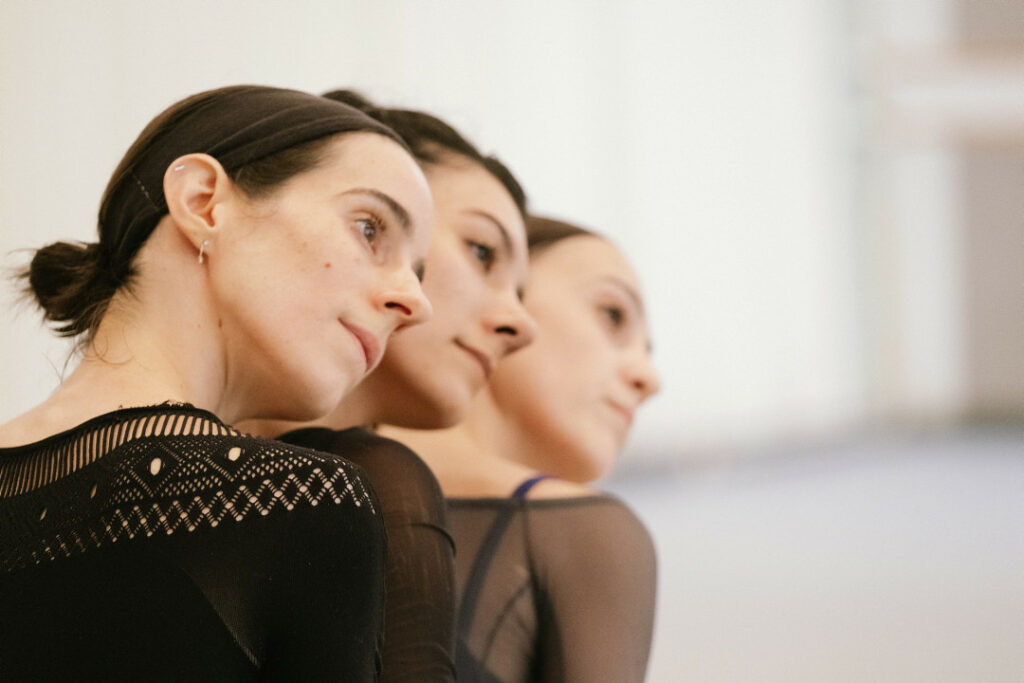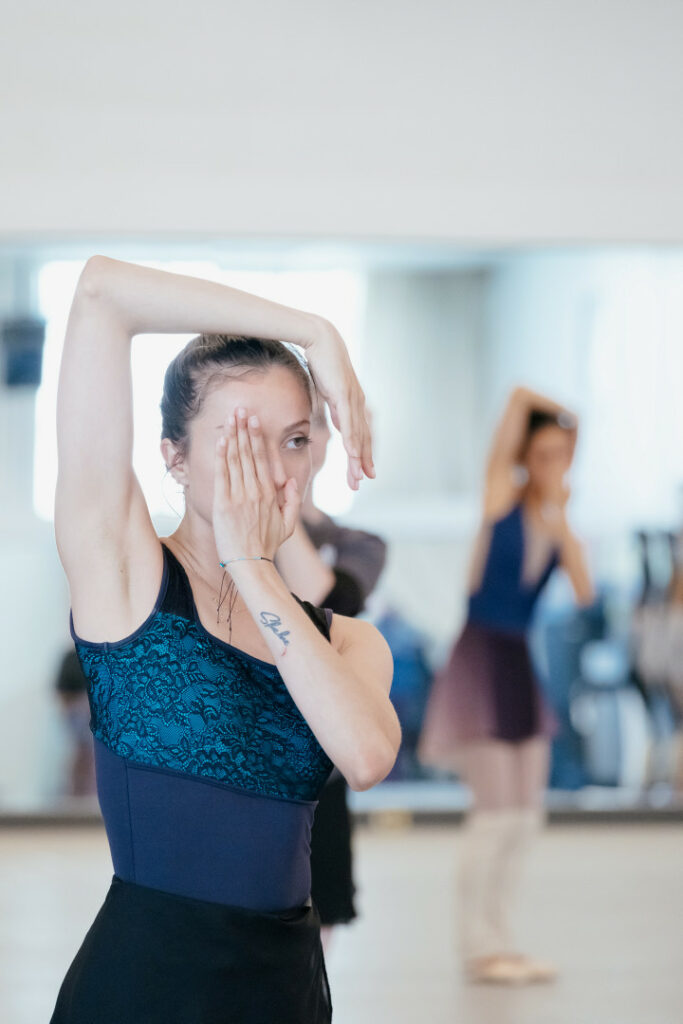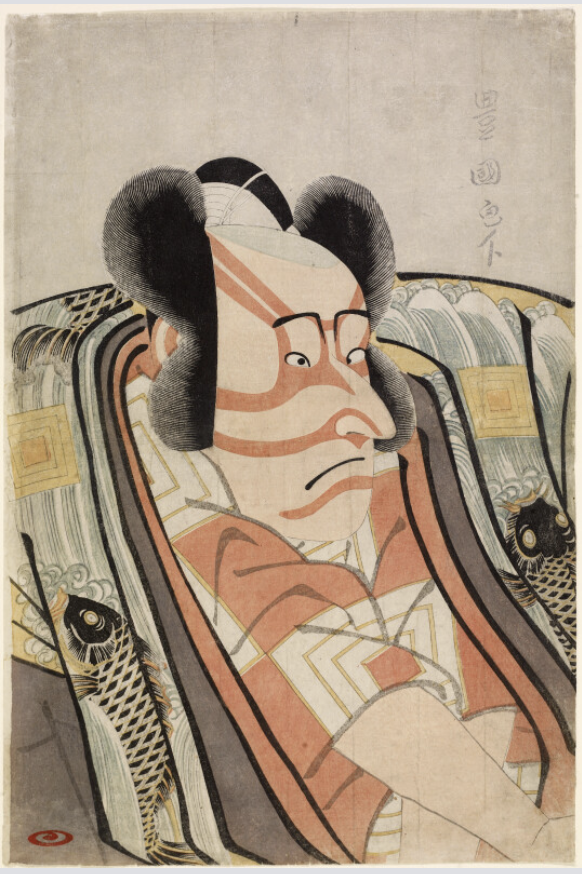East & West
Multiculturalism in the Choreography of Kenneth Macmillan
By Sarah Mackay, Assistant Curator of Prints, Drawings & Photographs Fine Arts Museums of San Francisco
Unlike any choreographer before him, Kenneth MacMillan (1929–1992) mined the deepest cavities of the human psyche, exposing the complex realities of contemporary life through the expressive power of dance. These concerns are at the core of his Song of the Earth. Made in 1965 at Stuttgart Ballet, the choreography is set to German composer Gustav Mahler’s Das Lied von der Erde (The Song of the Earth) (1908–1909) and explores the cycle of love, loss, and renewal through the story of two lovers and a messenger of death.

The musical composition, a two-part song cycle with orchestral accompaniment, draws on Chinese Tang dynasty poetry. Loosely translated into German by the poet Hans Bethge (1876–1976), the text poignantly reflects on the transience of life and earth’s profound, natural beauty. While MacMillan chose to evoke the music’s moods through movement, rather than directly interpret the original text, his exploration of life’s cycles echoes the poems’ themes, just as certain movements—subtly cocked heads, bourrée and hops en pointe in parallel, and arms draped in semi-circles—appear derived from an East Asian choreographic vernacular. This fusion of Chinese language and German music expressed through the lens of British choreography lends the ballet a distinct multi-cultural character that has garnered immense praise, but also criticism since its debut.
Utagawa Toyokuni I (1769–1825) The Actor Ichikawa Danjuro VI as a Nobleman, from an untitled series of half-length portraits of actors, 1796 Color woodblock print with mica
Fine Arts Museums of San Francisco, Katherine Ball Collection 41.42.116
Photograph by Randy Dodson. Courtesy of the Fine Arts Museums of San Francisco.
Ten years later, MacMillan, now the director of the Royal Ballet, toured Japan with the company, where he observed the historic arts of kabuki and Noh theater, bunraku puppetry, and traditional martial arts. These would serve as inspiration for his next ballet Rituals (1975). Although MacMillan was unable to find authentic Japanese music, he worked with accompanist and conductor of the Royal Ballet Anthony Twinner (d. 2022) who suggested Hungarian composer Béla Bartók’s (1881–1945) resonant and powerfully rhythmic Piano Sonata (1926). Divided into three acts, the ballet comprised a fierce male pas de deux modeled after a men’s initiation rite, a ritualistic wedding ceremony between two jointed puppets, and a ceremonial birthing scene among celebrants. Dancing under parchment screens adorned with calligraphic black brushstrokes, the dancers wore simple, Sumo-inspired fighting attire, richly embroidered garments, and delicate, but simplified silk kimono, and disguised their faces behind opaque kabuki-inspired make-up. Although some critics found the Japanese visual character of the performance at odds with the European musical accompaniment, others applauded the ballet’s originality. Clement Crisp, former dance critic of the Financial Times, even described it as “a most succinct and skilled transformation of Japanese theater into Western dance.”

As we celebrate MacMillan and his enduring impact on ballet through a revival of his first exploration of East-Asian culture, we encourage visitors to visit the upcoming exhibition Japanese Prints in Transition: The Floating World to the Modern World. Woodblock prints of kabuki stars, famous courtesans, and much more on view bring to life the Japan MacMillan sought to celebrate in Rituals, the other of his most inventive ballets.
Japanese Prints in Transition: The Floating World to the Modern World will be on view at the Fine Arts Museums of San Francisco, Legion of Honor April 6 – August 18, 2024.









